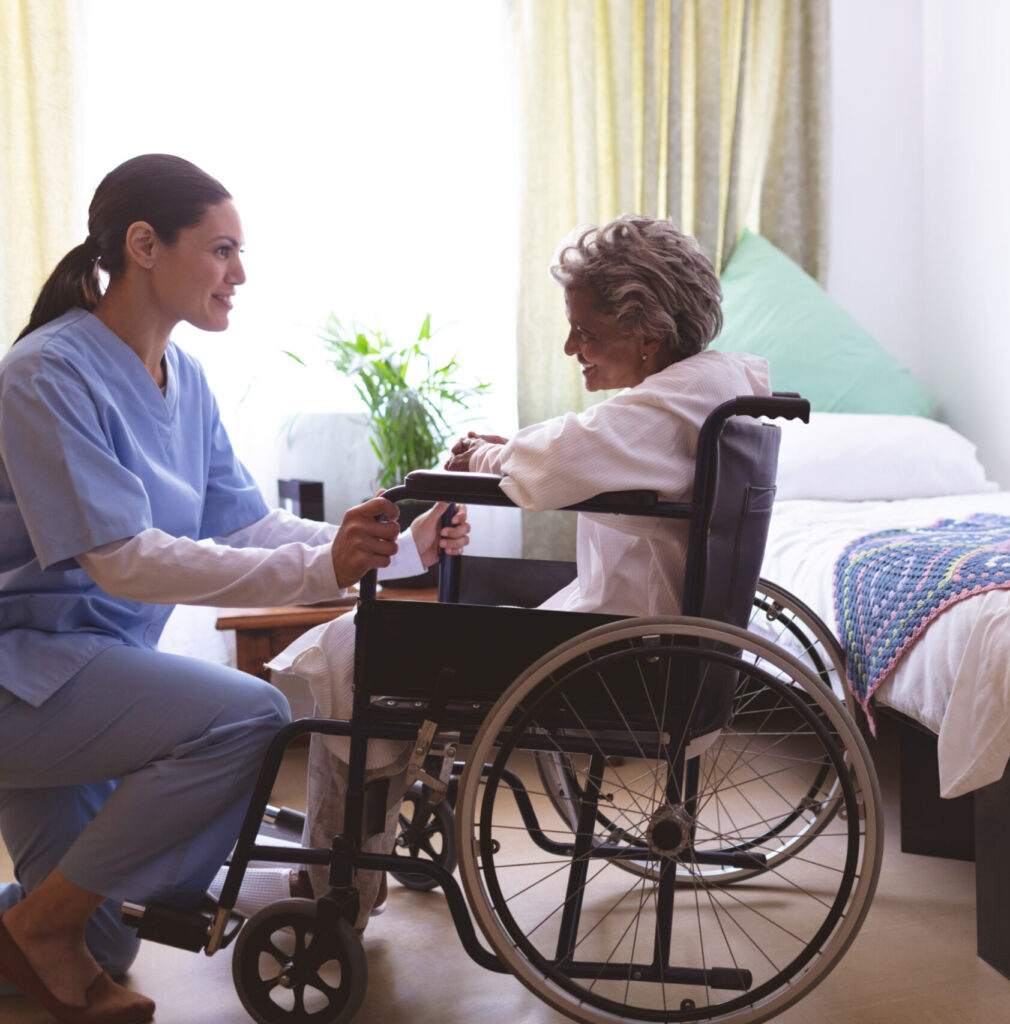Getting Started
Whenever starting a new church program, it must align with God’s will and purpose. We all know that God approves of our caring for the sick. However, He may want your Church to focus its energy on other projects or a particular aspect of caregiving or recovery. Therefore, before getting started, take a moment to dedicate a prayer and ask God to show you the following:
- Whether he wants you to establish a Compassion Ministry and, if so, the direction or type of ministry He wants your Church to provide.
- Ask that He use this ministry to open the hearts of non-believers who may be family members or associates of those participating in this ministry to come to see Christ through this work and use it to bring them to a saving belief in Christ. Let the love they see, given freely by the Church to those in need, demonstrate how Christ cares for those suffering pain, loss, or personal hardships, just as it says in the Bible. Help them see that the Church still stands, cares for people as it did when He walked the earth, and that the stories in newspapers and classroom lectures are not true.
- Ask the LORD to identify how He wants you to implement the program chosen for you, including its funding, management, and growth. Finally,
- Ask Him for heavenly protection and courage in implementing the program because it will undoubtedly come under Satan’s attack. If you decide to implement a Compassion Ministry, the increase in God’s kingdom may be great. God will bless your work, and Satan will try to prevent it. This ministry supports families, strengthens the Church, and shows the healing power of Jesus, all of which angers Satan. Without a doubt, the ministry will face opposition, internally and externally.
(You might even ask specifically for Michael’s army of warriors to surround you with their protection. Remember, the battle for this world is between the forces of darkness and the heavenly hosts in the spiritual realm that we cannot see. However, do not forget that our army is greater than Satan’s and Michael is a stronger angel than Lucifer.)
Be Prepared: This Program May Significantly Grow Your Congregation
This type of ministry has significant potential to transform a community’s perception of your Church. It can generate a lot of talk among neighbors and friends, drawing people to you. Therefore, I recommend discussing the scope of the ministry you want to create with your worship team and the group that oversees them. (Why is Church Attendance Declining in Some Churches?). When you demonstrate the love of Jesus to others, it will draw people to your Church.
Define Your Ministry
Before you do anything else, decide on the type of Compassion Ministry you want to design. I’ve provided ideas below to help you discuss the types of ministry options and what each provides.
I’ve identified three primary options as ideas. Any of them can work alone or in combination with one another. How you conduct your ministry is up to you and God.
Homebound or Outreach Ministry
This ministry can focus on those who are not able to leave their homes except for medical care or who must find it challenging to journey into public due to transportation issues, care for individuals who are difficult to move due to the volume of items that must go with them, or they may have unpredictable behaviors that are difficult to control, etc. I also recommend including individuals in assisted living facilities, too, because many of them remain committed to their home churches. You can expand the definition of homebound in as many directions as you wish, because many people who want to come but cannot, and would love to feel connected to a congregation again if they had the chance. Additional ideas include individuals who lack the resources to attend Church in person. (i.e., no transportation, no sitter for small children, must work multiple jobs, must be a caregiver for someone else.)
Medical Accommodation or Special Medical Need
Included in this group are individuals with a medical condition that prevents them from participating in church activities or services. Consider adding a disability coordinator who can speak with individuals to determine what they need to feel safe and participate in attending services. Then, that individual would help coordinate the implementation of that assistance with the Sunday school teacher, event coordinator, parking attendant, worship team, and other relevant personnel. Needs can be as simple as large print materials, or as complicated as a special way to baptize for someone who has quadriplegia, how to keep temperatures regulated to prevent fainting, how to prevent seizures during praise band music if using strobe lights, and ensuring the use of correct background colors in announcements for those with color blindness.
Crisis Ministry
A crisis ministry can be as broad or narrow as you want to make it, but it is probably one of the best programs you could offer to bring people to your Church. Our world is hurting and full of judgmental people. Unfortunately, the Church has acquired a reputation for being judgmental and unloving. Showing a sinner that they can be loved, even though they are a sinner, can bring them to Jesus. Individuals who are struggling with a personal crisis because of a chronic health condition, loss of a home due to a fire, who has lost their family due to a divorce, or lost a loved one due death, survived a tragic accident in which they harmed someone, lost their job due to alcoholism, and now, their family is financially suffering, etc. You set the parameters of the crisis. All these people are hurting and need Jesus. All of them, if the Church reached out to them and enfolded them in its arms, have the potential to be saved by that love for Jesus.
Gather Information
Knowing the volume of potential interest in any of the programs listed above would help you determine the financial impact and manpower needed to implement each phase. On the other hand, you can let God tell you what He wants you to do and let Him sort out the details.
Whichever you choose, I recommend appointing a point person to keep the project organized. The person you choose depends on how large you want the project to be.
If you want to formally plan the project, examine your demographics to identify the potential interest and need. If you belong to a church organization with similar programs, ask if they would be willing to share their experience, including what to do and what not to do.
Next comes the Planning. Check out “Planning a Compassion Ministry” for more information.



